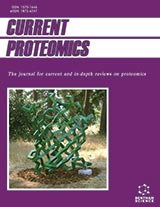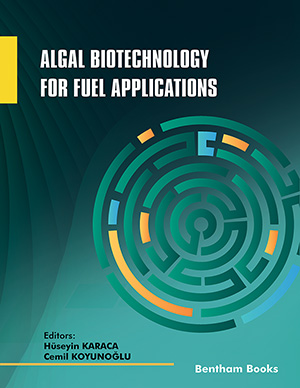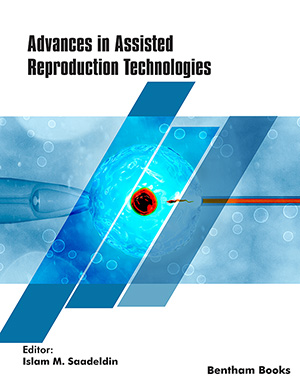Abstract
Background: Pulmonary embolism (PE) is a cardiovascular emergency that affects many patients. Acute PE-induced oxidative stress can lead to the accumulation of nitroproteins that may play a role in disease progression. The impact of nitration of a single tyrosine residue often has broad implications on the activity of biologically critical proteins, related to pathological conditions.
Methods: We used a proteomic approach to analyze nitrated plasma proteins in patients diagnosed with acute PE. Nitrotyrosine (NO2Tyr)-containing proteins were immunoprecipitated with a NO2Tyr affinity sorbent. Precipitated proteins were separated by SDS-PAGE and visualized by either Coomassie Blue staining or western blotting with mouse monoclonal anti-NO2Tyr antibody. Immunoreactive bands observed in disease patients were in-gel digested and analyzed by MALDI-TOF mass spectrometry (MS).
Results: Mass fingerprint data sets obtained from the 138 kDa peptide fragment ions matched human collagen alpha-1 (III) chain (CO3A1) with Mascot algorithm analysis giving a score of 65 (p< 0.05). Mass fingerprint data sets obtained from the 250 kDa peptide fragment ions matched human chondroitin sulfate proteoglycan 4 (CSPG4) with Mascot algorithm analysis giving a score of 57 (p< 0.05). Nitration-induced alterations of CSPG4 activity can thus possibly lead to decreased fibrin degradation and enhanced complement system activity.
Conclusion: In vivo characteristics of these nitroproteins could be significant with regards to biomarker studies and understanding of disease mechanism in patients with PE. Future studies are aimed to understand the relevance of NO2Tyr modifications in CO3A1 and CSPG4 relating to changes in protein structure and function.
Keywords: Pulmonary embolism, nitrotyrosine, human collagen alpha-1 (III) chain, human chondroitin sulfate proteoglycan 4, spectrometric identification, mass spectrometric.





























